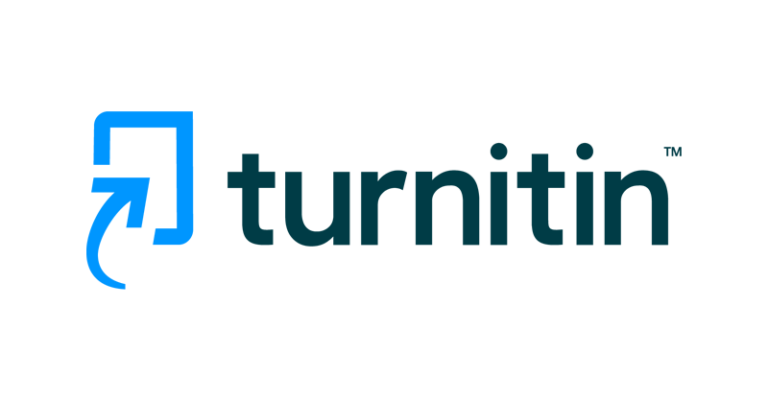Can Turnitin Detect Snapchat AI? Unraveling the Capabilities and Limitations
In the evolving landscape of academic integrity, the question arises: Can Turnitin, a widely-used plagiarism detection tool, detect content generated by Snapchat AI and similar artificial intelligence tools? Let’s explore the intricacies and delve into the capabilities and limitations of Turnitin in this realm.
The answer to this question is nuanced. While Turnitin remains a robust tool against conventional forms of plagiarism, it may face challenges when dealing with content generated by advanced AI, such as Snapchat AI.
Here are key considerations:
- Distinctive Text Patterns: If the AI-generated text closely mimics existing patterns found in academic literature or previously submitted works, Turnitin may detect similarities.
- Innovative AI Techniques: Advanced AI tools may employ techniques that alter the structure of the text in ways that conventional plagiarism detectors may struggle to identify.
- Constant Updates: Turnitin continually updates its algorithms to enhance its capabilities. However, staying ahead of rapidly evolving AI technologies presents an ongoing challenge.
Turnitin primarily focuses on detecting textual plagiarism, analyzing submitted text against its extensive database of academic and non-academic content. Turnitin is effective at identifying similarities in wording, sentence structure, and overall composition, making it a powerful tool for detecting conventional plagiarism.
How much Snapchat AI can be detected by Turnitin?
- When it comes to content generated by platforms like Snapchat, which may include images, multimedia, or non-text elements, Turnitin’s capabilities may be limited.
- Turnitin is primarily designed for textual analysis, and it may not be as effective in detecting plagiarism in images, videos, or other non-text formats.
- If Snapchat or similar platforms generate content that includes text, Turnitin could potentially detect similarities in the textual components.
- However, it’s important to note that Turnitin’s strength lies in analyzing written text, and its effectiveness diminishes when dealing with non-text content.
Understanding Turnitin’s Functionality
Turnitin operates by comparing submitted text against an extensive database of academic content, publications, and student papers. It employs advanced algorithms to identify similarities and potential instances of plagiarism.
Capabilities of Turnitin
- Textual Analysis: Turnitin excels in analyzing textual content. It is proficient at detecting similarities in wording, sentence structure, and overall composition, making it effective against conventional plagiarism.
- Database Comparison: Turnitin’s vast database includes a wide array of academic material, making it adept at identifying similarities to previously submitted works and published content.
- Internet Source Matching: Turnitin scans online repositories, journals, and websites to flag content that matches the submitted text, expanding its reach beyond its internal database.
Limitations of Turnitin
- Image and Non-Text Content: Turnitin primarily focuses on textual content. It may not be equipped to detect plagiarism in non-text elements such as images, graphs, or multimedia content generated by tools like Snapchat AI.
- AI-Generated Text: Traditional plagiarism involves copying existing text, which Turnitin is adept at identifying. However, with AI-generated content, especially from tools like Snapchat AI, the challenge lies in recognizing text that doesn’t have direct matches in the existing database.
- Emerging AI Technologies: As AI technologies evolve, newer tools may employ sophisticated techniques to manipulate text in ways that traditional plagiarism detection tools find challenging to discern.
As technology evolves, plagiarism detection tools may need to adapt to address new challenges posed by emerging platforms and content creation methods. Institutions and educators may need to consider a combination of tools and approaches to maintain academic integrity in the face of diverse and evolving content types.
Conclusion
Turnitin remains a powerful tool in preserving academic integrity, but its effectiveness against AI-generated content, including that produced by Snapchat AI, has inherent limitations.
The future landscape of plagiarism detection will likely involve continual adaptation and innovation to address the dynamic nature of AI-generated content.
FAQs
1. Does Turnitin display AI?
While the report identifies the precise passages that appear to have been written by AI, Turnitin’s AI writing detection indication indicates the proportion of material that has probably been produced by an AI writing tool.
2. What does Turnitin not detect using AI?
The model is unable to accurately identify short-form or unusual writing, such as bullet points, tables, or annotated bibliographies, as well as AI-generated text in non-prose formats like poetry, scripts, or code.
3. To what extent does Turnitin detect AI?
Turnitin states that up to 98% of AI-generated content may be recognized by its AI detector. This number, though, most likely relies on how good and advanced the AI authoring tool is.







